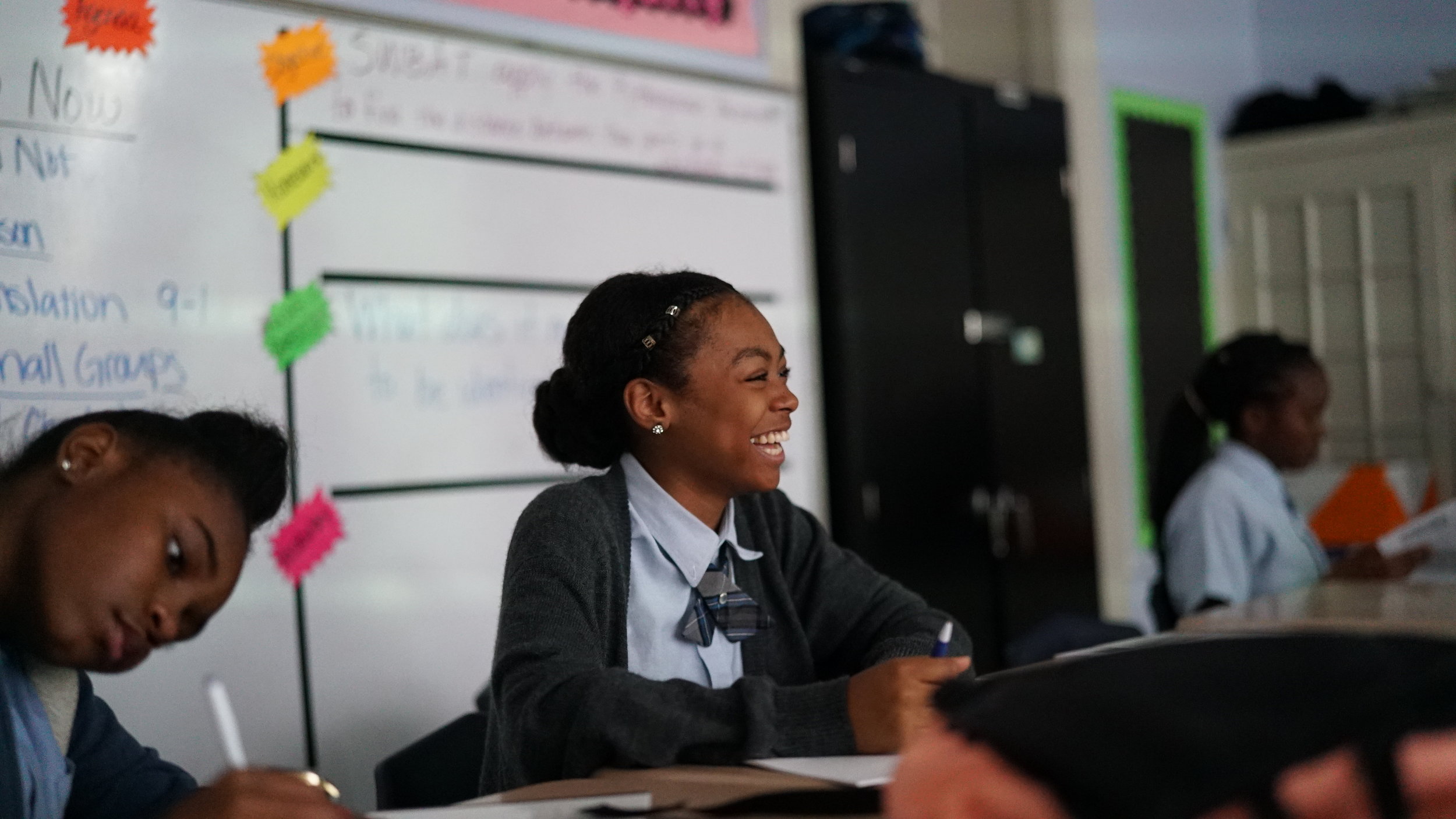CENTERING YOUTH IN SEXUAL HEALTH INTERVENTIONS
IWES’ Adolescent Health team combines facilitator authenticity, multi-faceted training, and qualitative methods assessment to tailor unique, safe, and supportive learning environments for our sexual health portfolio.
Staff Training and Capacity Building
Basic Training
Health behavior theory & practice
Healthy child and adolescent development
Trauma-responsive delivery and personal values clarification
Responding to difficult-sensitive questions
Sexuality education facilitation techniques
Peer Observation Model
Educators conduct peer observations which:
Combine fidelity assessment with an iterative ‘teachback’ approach
Assess delivery, classroom management, rapport and relationships, engagement, and inclusivity
Identify growth areas, which then become training topics for team capacity building
Revising Curricula for Fit
Annual curriculum materials review assesses for:
Medical accuracy
Age appropriateness
Cultural and linguistic appropriateness
Trauma-responsive approach
Inclusivity
Reviewer expertise includes:
Curriculum development and delivery with the priority population
LGBTQIA+, BIPOC, and neurodivergence inclusivity
Social-emotional learning and trauma-responsive instruction
Arts integration in adolescent education
IWES Youth Advisory Council
IWES hosts a youth-centered, youth-driven advisory council that brings together a diverse body working collectively to advance adolescent sexual health while building personal and professional knowledge and skills. YAC members review all program materials for fit, consult on inclusivity and equity priority populations and partnership strategies, and guide development of promotional materials.
YOUTH ACCESS
4%
of respondents do not think other young people should participate, naming competing priorities for learning time, disinterest in the topics presented, and perception that peers are too immature.
95%
(n=473) think other young people should also participate in sex ed, because it: offers essential knowledge (36%), prepares healthy decision making (29%), and affords risk prevention (28%).
YOUTH SATISFACTION
65%
of respondents enjoyed the programming
(n=2,393; 27% Neutral, 7% Disagree)
METHODS
3,890 youth grades 6-9 completed Hollaback! forms Fall 2020 - Spring 2023. In addition to assessing changes in sexual health knowledge, attitudes, and beliefs, youth responded to four program satisfaction items.
Mixed Methods study for these items included:
Frequency analysis on Likert 5-item response set, collapsing favorable & unfavorable categories;
Qualitative analysis on narrative response items;
Utilizing deductive and inductive coding of a response subset to elicit emergent themes. Subsequently, frequency analysis was conducted per item on both themes and sub-themes.






